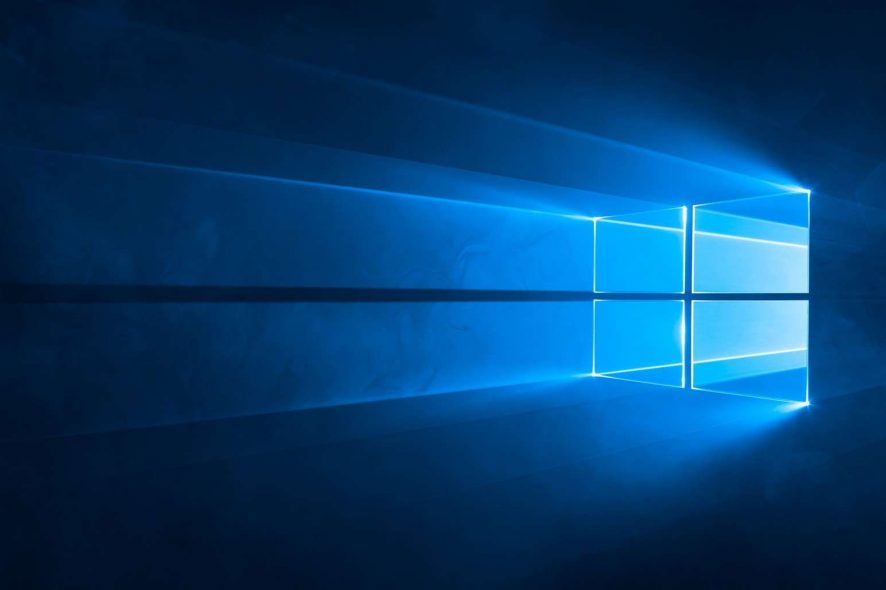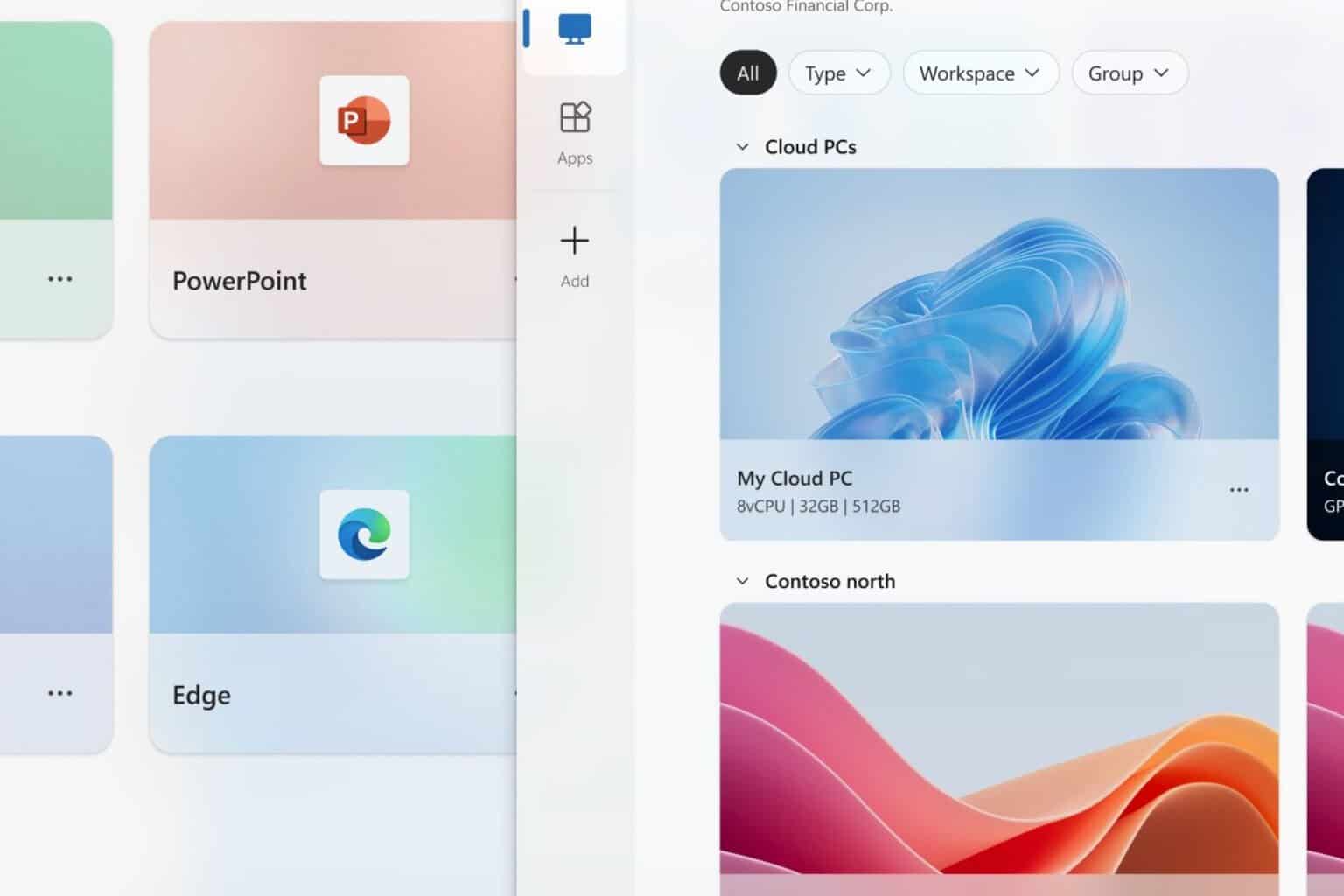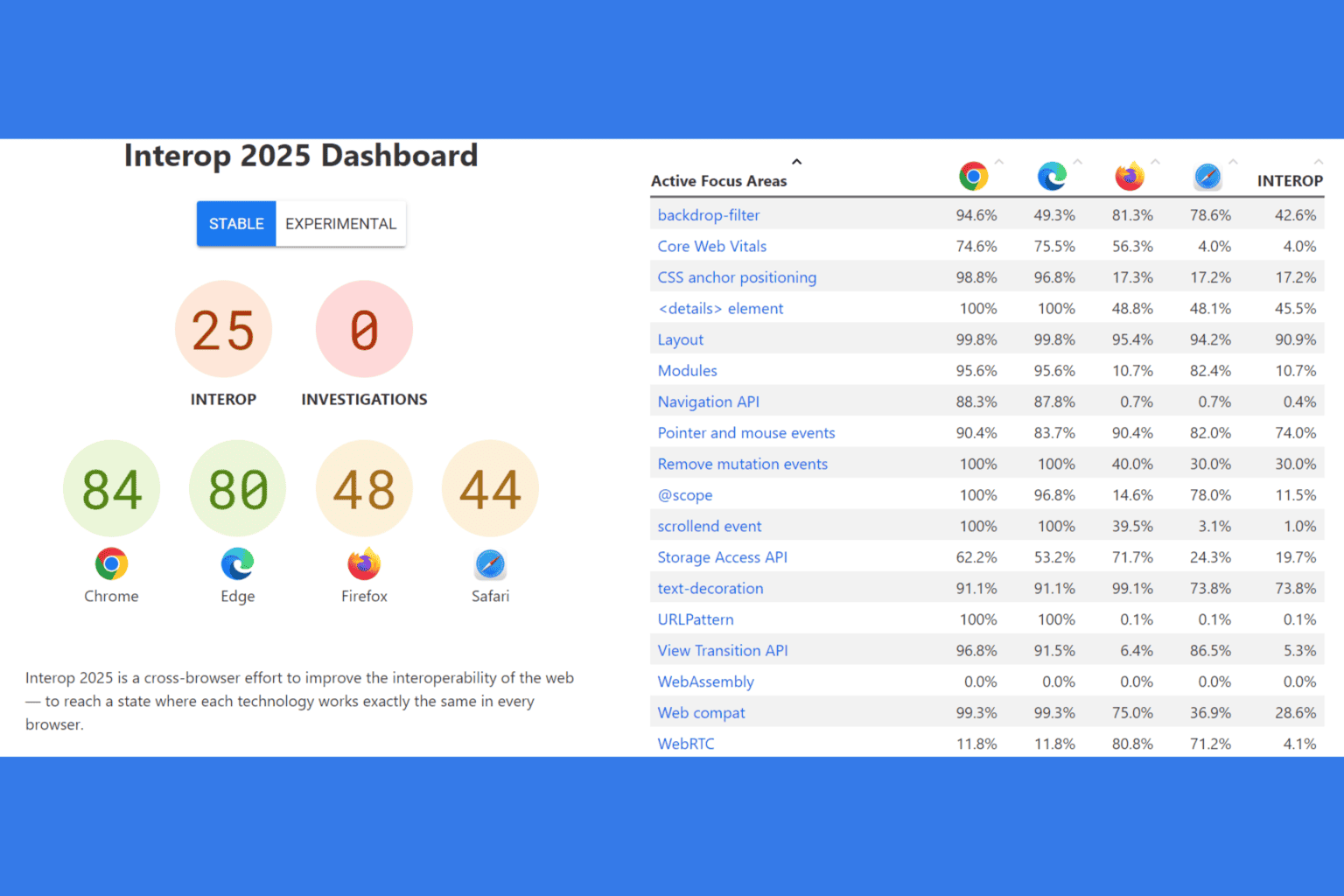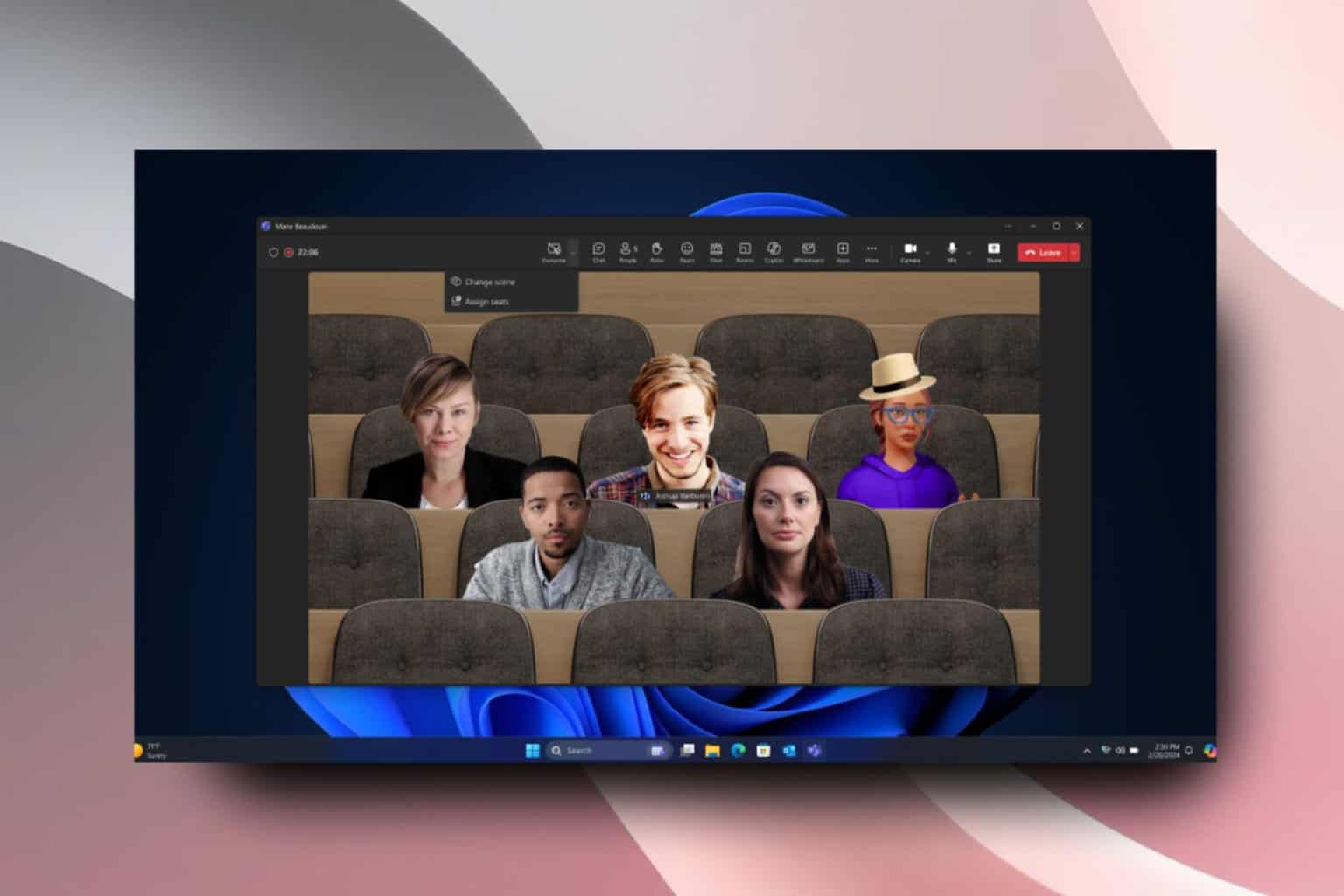Reasons why Avast fails in Windows 10 Anniversary Update
2 min. read
Updated on
Read our disclosure page to find out how can you help Windows Report sustain the editorial team. Read more

Users who have installed Avast’s antimalware solution on their computers powered by an Intel microprocessor have reported that when they attempted to install the Windows 10 Anniversary Update, they experienced Blue Screens of Death (BSODs). Luckily, in the meantime, Avast has issued a patch which solved the problem, but users who haven’t found out about it yet are still dealing with blue screens and want to know why this happens and what they can do to fix the problem.
There are many Windows users who have installed Avast’s antimalware solution on their PCs, but when they received the notification about the availability of the Windows 10 Anniversary Update and tried to start the installation process, their computers crashed, displaying the “system thread exception not handled” error. Then, the system reverted to the previous Windows version and users had to re-download the update, but they experienced the same BSODs error when attempting to install the Windows 10 Anniversary Update.
Avast was informed about this issue and it explained users that there was a conflict between the antimalware software, AU and Intel’s virtualization technology. Among the affected products were Microsoft’s Surface Book and Surface Pro 4. According to Petr Chytil, a quality assurance director for Avast, “…[T]he issue really seems to occur only on the last generation of Intel CPUs,” and that “Previous generations of Intel Core CPUs are fine. Moreover, it did not show up during the testing on the Win 10 preview builds.”
Before the release of the patch, the only way to get rid of this problem was to uninstall the Avast program, then to launch the AU again. However, users were advised to not re-install Avast after the update completed, because the “system thread exception” error would reappear. However, until Avast sorted out its issues, another suggestion was to use Windows 10’s own built-in antimalware solution, Windows Defender, which is efficient enough.
RELATED STORIES TO CHECK OUT:








User forum
0 messages